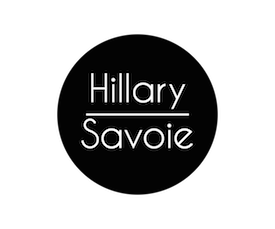A lot of parents worry about their children making friends on the playground. It is easy to call up images of our children being left out, to imagine them lonely and confused while the other kids play happily out of their reach.
As the mother of a child who has developmental delay, it would make sense that I might be especially concerned about it. My daughter Esmé is, after all, quite different. She does not yet speak or walk or eat with her mouth. Harder still, Esmé also struggles with a number of social cues. Esmé’s special education teacher has been working on waving for I don’t know how long. I lift her hand every night to wave good night to her papa. Every therapist waves hello and goodbye to Esmé, urging her to join them. Whether it’s because of her lack of control over her body or because she doesn’t understand, we don’t know, but Ez has never indicated any interest in waving. Never once has it seemed to register for her.
Still, I have never truly worried that Esmé wouldn’t have friends. I know that there are kind and gentle souls out there waiting to embrace her. And I also know that Esmé is sweet and fun—even if she cannot run or speak or play in a typical way—and that people are drawn to her.
But I certainly never imagined that she would garner the kind of consistent and genuine friendship I have observed while she plays with her peers on the playground of the Taylor school where we’ve been visiting once a week for a year.
On the playground I stay out of Esmé’s visual range, while helping with the other children as they play—moving toys out of the way of speeding tricycles, pushing swings. Esmé is almost constantly in the middle of a circle of friends. One moment one of her friends is holding open the door to the toy car so Ez can get in. The next she is sitting at the top of the slide with her teacher Dorothy in the middle of a cacophony Ezzy started by banging her feet on the platform—which five other kids joyfully joined in on, laughing and getting louder as they see her happy response. Another moment I scan the playground and find her sitting up in a circle of friends. I had missed her—passed over her twice—because I could not recognize her strong posture.
Last week as Dorothy and I pushed Esmé’s red wheelchair out to the playground, we heard the usual shouts: Ezzy! Esmé is here!
One of those shouts came from a girl just a few feet away. She ran right over to Esmé. As the girl approached Esmé shifted to sit up straight, her back lifting off of the support of the chair, leaning toward the girl where she stops in front and to the left of Esmé’s chair. The girl raised her left hand and says, “Hi Esmé!”
Esmé looked back at her for a beat and then, pointedly, lifted her own hand, and smiled back at her.
Dorothy and I audibly gasped. We glanced at each other, each of our faces clearly asking the same question: You saw that too, right?
Just like that, her peer modeled something, and Esmé, on cue, returned the gesture. Esmé’s friend taught her what none of the adults in her life could: the signs of friendship.
However, what I keep turning around in my mind isn’t so much the gift that the school is giving Esmé. What I think about is the gift that the school is giving to Esmé’s peers—like this little girl—by modeling inclusion when kids are old enough to understand that she is different, but not held back by that understanding.
I have come to terms with the idea that my daughter’s trajectory will be as unique and unpredictable as her combination of genetic disorders is unique and unpredictable. I have grown to understand that all we really can know about Esmé is what we know of her in the present. I had to unlearn everything I knew about childhood and milestones in order to meet her there in the present.
But her friends have learned the right things from day one:
This is their friend Esmé. She is going to be five in January. She does not speak, but she knows her colors, letters, and numbers. She can read. She doesn’t stand without support, but she moves through space in her dancing motion of rolling, pivoting, and crawling. Perhaps most importantly, she has a cat named Chicken. And she likes it when her friends make loud sounds on the slide.
Her friends have included her, as she has learned to mirror their signs of friendship.
And that’s exactly what kids should be learning on the playground.


This is so awesome! I Love how kids are so accepting when they haven't been fed preconceived notions by officious adults. Not only accepting, but proactive in making friendships.
Melancholics are slow to warm up, but, when they do, their fire will burn for life. They enjoy the company of loyal, understanding people and tend make few close friends rather than throngs of loosely-joined acquaintances. Esmé is probably melancholic. Anyone with a melancholic friend has one who will most likely stay for life.
Yay!!! So touching. Great post.
Yay!!! So touching. Great post.
Yes. I think the kids in Ezzy's school are especially amazing in this way. The adults around them have also do such a thoughtful job of preparing them and helping them to be excited and engaged with Ez. It makes my heart swell.
I think Ezzy definitely will make some strong friendships at school 🙂
Thank you Theresa!